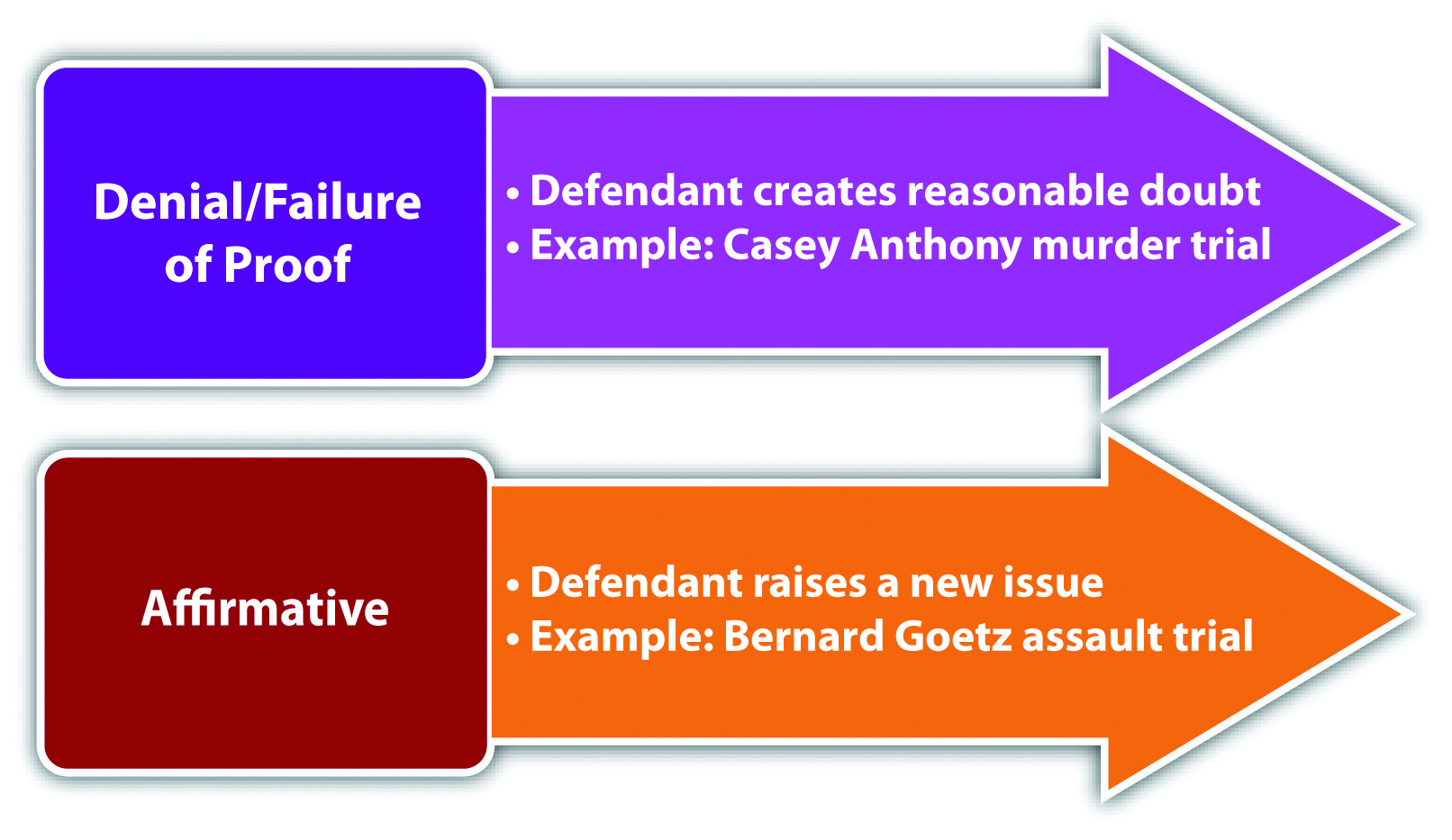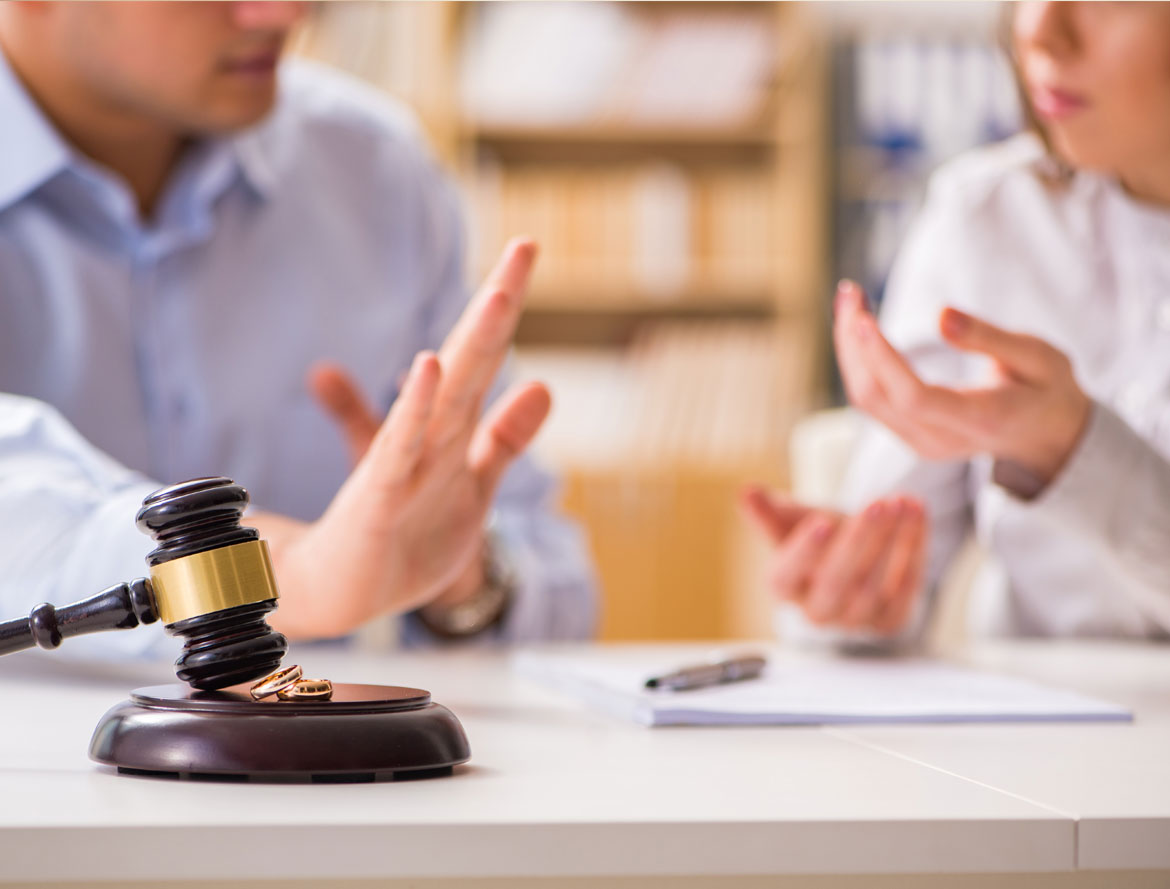Legal Rights of Protesters sets the stage for this enthralling narrative, offering readers a glimpse into a story that is rich in detail and brimming with originality from the outset. The right to protest is a cornerstone of democratic societies, allowing citizens to express their grievances and advocate for change.
But navigating the legal landscape of protests can be complex, with a delicate balance between individual freedoms and societal order. This exploration delves into the intricate web of laws and regulations that govern protests, providing insights into the legal rights and limitations faced by those who choose to exercise their voices in public spaces.
From the fundamental right to assemble peacefully to the restrictions placed on time, place, and manner of protests, this analysis dissects the legal framework surrounding protests. It examines the role of law enforcement, the legal protections available to protesters, and the legal implications of various protest tactics.
Through case studies and expert analysis, this narrative sheds light on the legal battles fought and won by protesters, highlighting the evolving nature of these rights in the face of societal changes and evolving legal interpretations.
Freedom of Assembly and Expression
The right to assemble peacefully and express one’s views is a cornerstone of democratic societies. These rights, enshrined in the First Amendment of the U.S. Constitution and similar provisions in many other constitutions, are essential for a vibrant and functioning democracy.
Constitutional Right to Peaceful Assembly
The First Amendment guarantees the right of the people to “peaceably assemble.” This right allows individuals to gather together to express their views, advocate for change, or simply enjoy the company of others. However, this right is not absolute and is subject to reasonable restrictions.The government can impose limitations on the time, place, and manner of assembly to protect public safety, order, and the rights of others.
For instance, protests can be restricted in sensitive areas like near courthouses or schools, or during certain hours.
Legal Framework Surrounding Freedom of Speech in Protests
The First Amendment also protects freedom of speech, including the right to express unpopular or controversial views. This right extends to protests, where individuals can use speech, symbols, slogans, and other forms of expression to communicate their message.The Supreme Court has consistently upheld the right to protest, even when the message is unpopular or offensive.
In the landmark caseBrandenburg v. Ohio* (1969), the Court ruled that speech can only be restricted if it is intended to incite imminent lawless action and is likely to do so.
Examples of How These Rights Have Been Upheld or Challenged in Court Cases
Several court cases illustrate how the rights to assemble and express oneself have been upheld or challenged.
- In -Cox v. Louisiana* (1965), the Supreme Court ruled that a state law prohibiting protests near a courthouse was unconstitutionally vague and violated the First Amendment. The Court emphasized that protests must be allowed even if they are disruptive or unpopular, as long as they are peaceful and do not pose a clear and present danger.
- In -McClatchy v. Pataki* (2003), a federal court struck down a New York law that restricted protests near the United Nations headquarters, finding that the law was overly broad and violated the First Amendment. The court acknowledged that the government has a legitimate interest in protecting public safety and order, but it also stressed that the government must use the least restrictive means to achieve its goals.
Legal Implications of Using Symbols, Slogans, or Chants During Protests
The use of symbols, slogans, or chants during protests can be a powerful way to communicate a message and unify protesters. However, it is important to be aware of the legal implications of using such methods.
- Hate Speech:The use of symbols, slogans, or chants that promote hatred or violence against a particular group can be considered hate speech and may be subject to legal sanctions. This is especially true if the speech is directed at a specific individual or group and is likely to incite violence.
- Incitement:The use of language that is intended to incite imminent lawless action can be prosecuted under the Brandenburg test. This means that the speech must be directed at inciting imminent lawless action and is likely to do so.
- Obscenity:The use of obscene language or symbols during protests can be restricted, particularly if it is considered offensive or disruptive to the public.
Right to Protest and Restrictions: Legal Rights Of Protesters
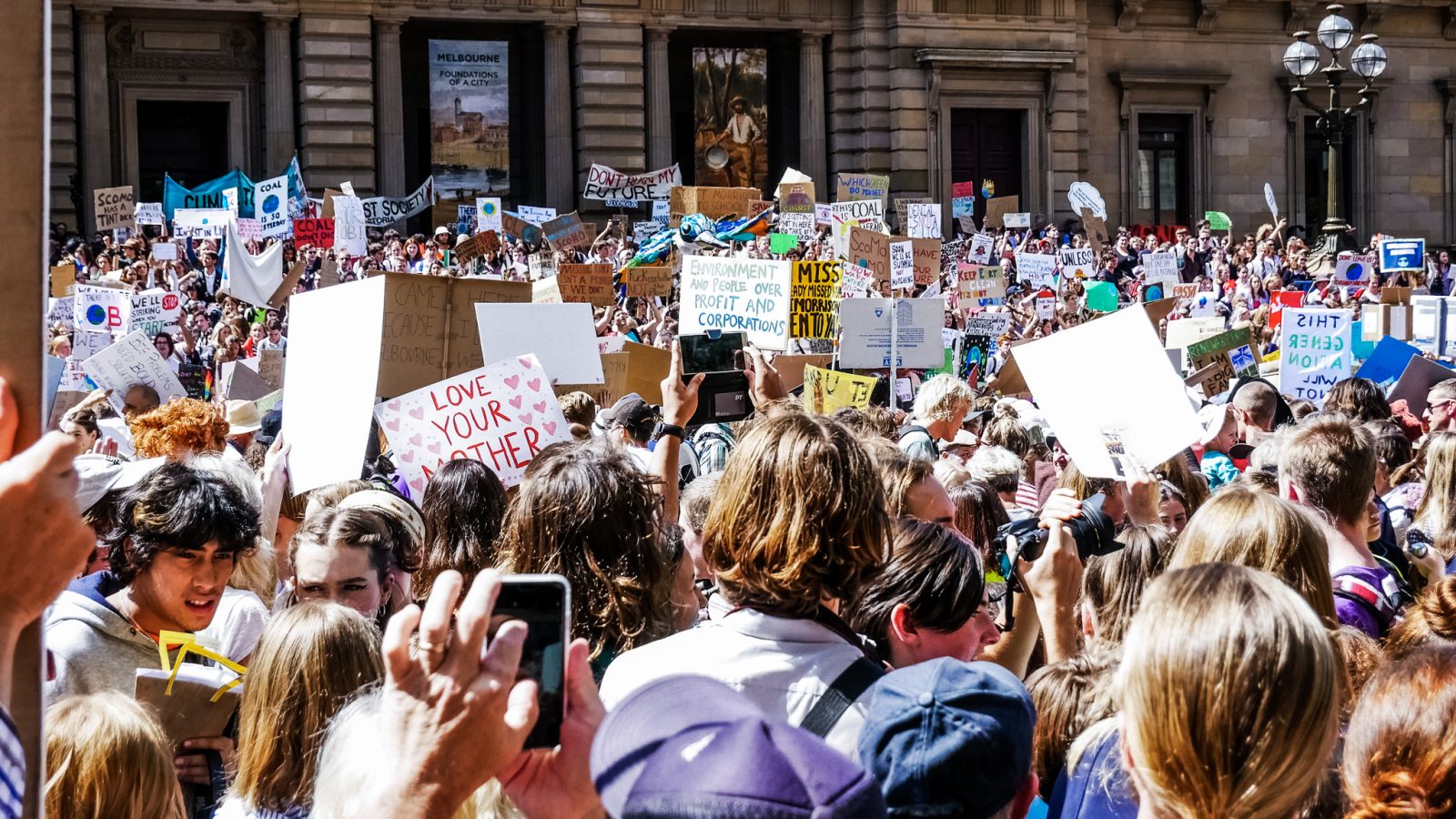
The right to protest is a fundamental right enshrined in many democracies, but it is not absolute. Governments can impose restrictions on protests to balance the right to free assembly and expression with other important interests, such as public safety and order.
Understanding the legal rights of protesters is crucial for ensuring peaceful and safe demonstrations. These rights often include freedom of speech and assembly, but can be complex and vary depending on location. It’s important to be informed about these rights, and for those seeking financial protection, consider exploring insurance options like those offered by USAA.
Get a USAA Insurance Quote: A Comprehensive Guide provides a detailed overview of their coverage plans, which can offer peace of mind during uncertain times. By understanding your rights and taking steps to protect yourself financially, you can participate in protests with greater confidence.
These restrictions are often referred to as “time, place, and manner” restrictions.
Time, Place, and Manner Restrictions
Time, place, and manner restrictions are regulations that govern the time, location, and method of protests. These restrictions are generally permissible if they are content-neutral, narrowly tailored to serve a significant government interest, and leave open ample alternative channels for communication.
- Time Restrictions: Governments can limit the hours during which protests can take place, for example, by prohibiting protests late at night or early in the morning. This is often done to minimize noise and disruption to residents.
- Place Restrictions: Governments can designate specific areas where protests can occur, such as public parks or designated protest zones. This can help to manage crowds and prevent protests from disrupting traffic or access to essential services.
- Manner Restrictions: Governments can regulate the manner in which protests are conducted, such as prohibiting the use of loudspeakers, blocking traffic, or engaging in violence. These restrictions are typically aimed at ensuring the safety of protesters and the public.
Legal Consequences of Violating Protest-Related Regulations
Individuals who violate protest-related regulations can face a range of legal consequences, including:
- Fines: Protesters who violate regulations may be subject to fines.
- Arrest: Protesters who engage in unlawful conduct, such as blocking traffic or assaulting police officers, may be arrested.
- Injunctions: Courts may issue injunctions prohibiting certain types of protest activity if they pose a threat to public safety or order.
Balance Between the Right to Protest and Public Safety Concerns
Balancing the right to protest with public safety concerns is a delicate task. Governments must ensure that restrictions on protests are necessary and proportionate to the threat posed. Courts often play a crucial role in reviewing these restrictions and ensuring that they are not overly broad or arbitrary.
Navigating the complex legal landscape of protests requires understanding your rights, particularly when it comes to property damage. While the focus often shifts to individual responsibility, securing adequate home insurance is crucial. Rhode Island Home Insurance Quotes: A Guide for Homeowners provides a comprehensive resource for homeowners, offering insights into coverage options and ensuring peace of mind amidst potential unrest.
This proactive approach allows individuals to protect their assets and focus on exercising their right to peaceful assembly without undue financial burden.
Legal Procedures for Obtaining Permits or Authorizations for Protests
In many jurisdictions, organizers of large protests are required to obtain permits or authorizations from local authorities. This process typically involves providing information about the planned protest, such as the date, time, location, and expected number of participants. Authorities may review the application and grant or deny the permit based on factors such as public safety concerns and the availability of resources.
Police Conduct and Protester Rights
The legal framework governing police conduct during protests aims to balance the right to peaceful assembly with the need for public safety. This involves establishing clear standards for police actions, including the use of force, and ensuring that protesters’ rights are respected during interactions with law enforcement.
Use of Force by Law Enforcement
The use of force by police during protests is subject to strict legal standards. The Fourth Amendment of the U.S. Constitution protects individuals from unreasonable searches and seizures, and the Fourteenth Amendment prohibits states from depriving individuals of life, liberty, or property without due process of law.
These constitutional provisions, along with state laws and department policies, establish a framework for the use of force by law enforcement during protests.
- Excessive Force:Police officers can use force only when it is reasonable and necessary to maintain order, protect themselves or others, or prevent the commission of a crime. The use of force must be proportionate to the threat posed by the individual or group.
Understanding the legal rights of protesters is crucial for ensuring peaceful and lawful demonstrations. These rights often extend to the use of public spaces, including waterways, which brings us to the realm of boat insurance. For those serving in the military, USAA offers specialized coverage tailored to their needs, as outlined in this guide: Boat Insurance Quote USAA: A Guide for Military Members.
Navigating these legal complexities, whether on land or water, is essential for both individuals and institutions to uphold the principles of free expression and responsible citizenship.
- De-escalation:Police officers are expected to de-escalate situations whenever possible, employing non-lethal methods and verbal commands before resorting to force.
- Force Continuum:Many law enforcement agencies have a “force continuum” that Artikels the appropriate levels of force based on the severity of the situation. This continuum typically progresses from verbal commands to physical restraint, to less-lethal weapons, and ultimately to deadly force.
Protester Rights During Police Interactions
Protesters have specific rights during interactions with law enforcement, including the right to remain silent, the right to legal representation, and the right to be free from unreasonable searches and seizures.
- Right to Remain Silent:Protesters have the right to remain silent during questioning by police. They are not obligated to answer questions or provide information that could incriminate them.
- Right to Legal Representation:Protesters have the right to legal representation during police interactions. If they are arrested or detained, they have the right to have an attorney present during questioning and legal proceedings.
- Right to Be Free from Unreasonable Searches and Seizures:Police officers cannot search a protester’s belongings or person without a warrant or probable cause. This right is protected by the Fourth Amendment.
Legal Challenges to Police Actions During Protests
Protesters have challenged police actions during protests on various grounds, including excessive force, unlawful arrests, and violations of First Amendment rights. These challenges often involve lawsuits filed against law enforcement agencies or individual officers.
- Excessive Force Cases:Numerous lawsuits have been filed alleging excessive force by police during protests. These cases often involve claims of physical assault, use of tear gas, or other less-lethal weapons.
- Unlawful Arrest Cases:Protesters have also challenged arrests that they claim were unlawful. These challenges often focus on whether the arrest was based on probable cause or whether the police officers followed proper procedures.
- First Amendment Violations:Some legal challenges have alleged that police actions during protests violated the First Amendment’s protection of freedom of speech and assembly.
Police Surveillance and Data Collection During Protests
The use of surveillance technologies by law enforcement during protests raises significant legal and privacy concerns. Police agencies may use drones, facial recognition software, and other technologies to monitor protests and gather data on protesters.
- Privacy Concerns:The use of surveillance technologies during protests raises concerns about the privacy of individuals who are not suspected of criminal activity. The collection and storage of personal data without consent can have a chilling effect on free speech and assembly.
- First Amendment Implications:The use of surveillance technologies to monitor protests can raise First Amendment concerns if it is used to intimidate or discourage protesters from exercising their right to free speech and assembly.
- Legal Challenges:There have been legal challenges to police surveillance practices during protests, arguing that they violate constitutional rights and privacy laws. These challenges often focus on the lack of transparency and accountability in the use of surveillance technologies.
Legal Protections for Protesters
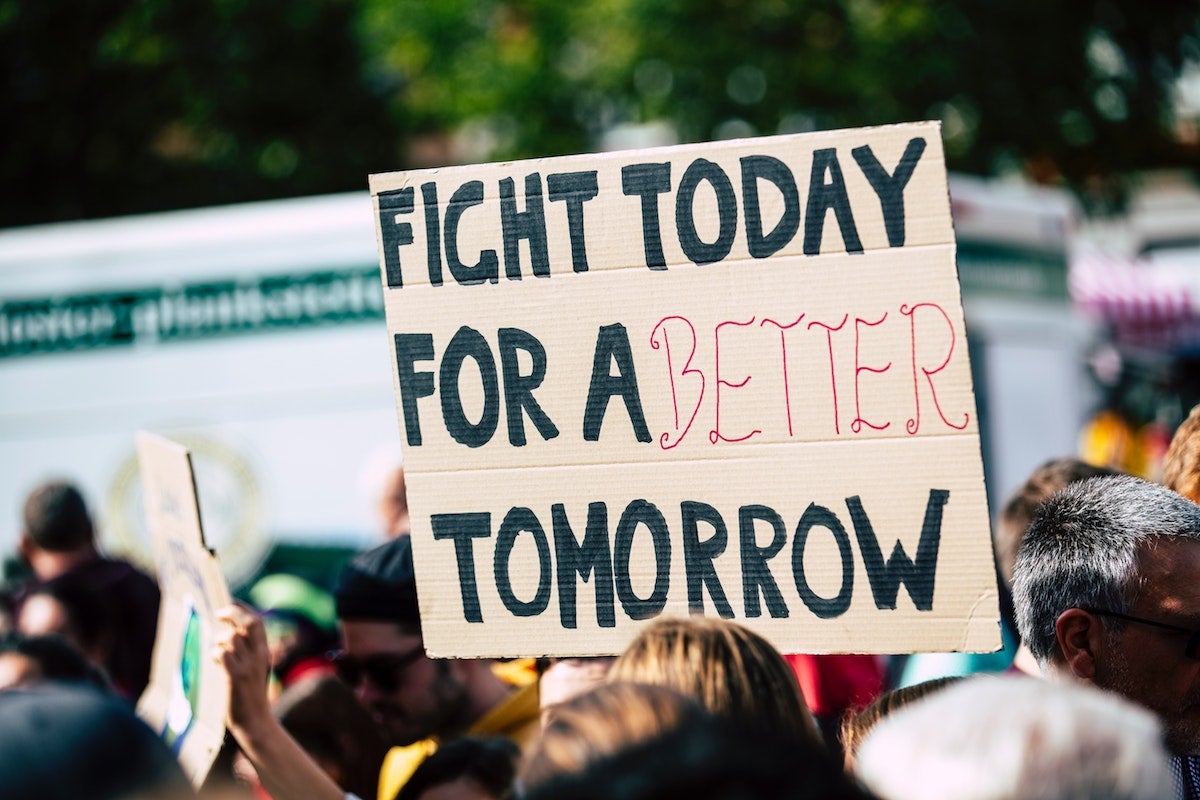
Protesters in the U.S. enjoy a range of legal protections that safeguard their right to assemble and express themselves freely. These protections are enshrined in the First Amendment of the U.S. Constitution and are further elaborated upon by various federal and state laws.
Protection from Retaliation or Discrimination
Protesters are shielded from retaliation or discrimination based on their participation in protests. This means that employers, landlords, or other individuals cannot take adverse actions against someone simply because they exercised their right to protest.
- The First Amendmentprohibits the government from retaliating against individuals for their protected speech, including protests.
- The Civil Rights Act of 1964prohibits discrimination based on race, color, religion, sex, or national origin, which can extend to retaliation for protest activities.
- State lawsmay provide additional protections against retaliation for protesting, such as whistleblower laws that safeguard employees who report wrongdoing.
For instance, a landlord cannot evict a tenant for participating in a lawful protest, and an employer cannot fire an employee for expressing their views on a matter of public concern during a protest.
Role of Legal Observers
Legal observers play a crucial role in safeguarding protester rights by documenting and reporting on police conduct during protests. These individuals are typically trained in legal rights and procedures, and they are present at protests to observe and record any potential violations of protesters’ rights.
- Legal observers act as independent witnesses, providing an objective account of events.
- They can document police actions, including arrests, use of force, and interactions with protesters.
- Their observations can be used to hold law enforcement accountable for misconduct and to support legal challenges to violations of protester rights.
The presence of legal observers can deter police misconduct and ensure that protesters’ rights are respected.
Legal Avenues for Redress
Protesters who believe their rights have been violated have several legal avenues for seeking redress.
- Civil lawsuitscan be filed against individuals or entities that have violated protesters’ rights, seeking monetary damages or injunctive relief.
- Criminal chargescan be brought against law enforcement officers who have engaged in misconduct, such as excessive force or unlawful arrest.
- Administrative complaintscan be filed with government agencies, such as the Department of Justice, to investigate allegations of police misconduct.
For example, protesters who have been unlawfully arrested or subjected to excessive force can file a civil lawsuit against the police department or individual officers involved.
Legal Strategies to Protect Protester Rights, Legal Rights of Protesters
Various legal strategies are employed to protect the rights of protesters, including:
- Injunctionsare court orders that prohibit certain actions, such as the use of excessive force by law enforcement.
- Declaratory judgmentsare court rulings that clarify the legal rights of protesters, providing guidance for future actions.
- Negotiationsbetween protest organizers and law enforcement can establish guidelines for peaceful protests and minimize the risk of violations.
For instance, a court might issue an injunction prohibiting the police from using tear gas on protesters without warning or justification.
Final Wrap-Up
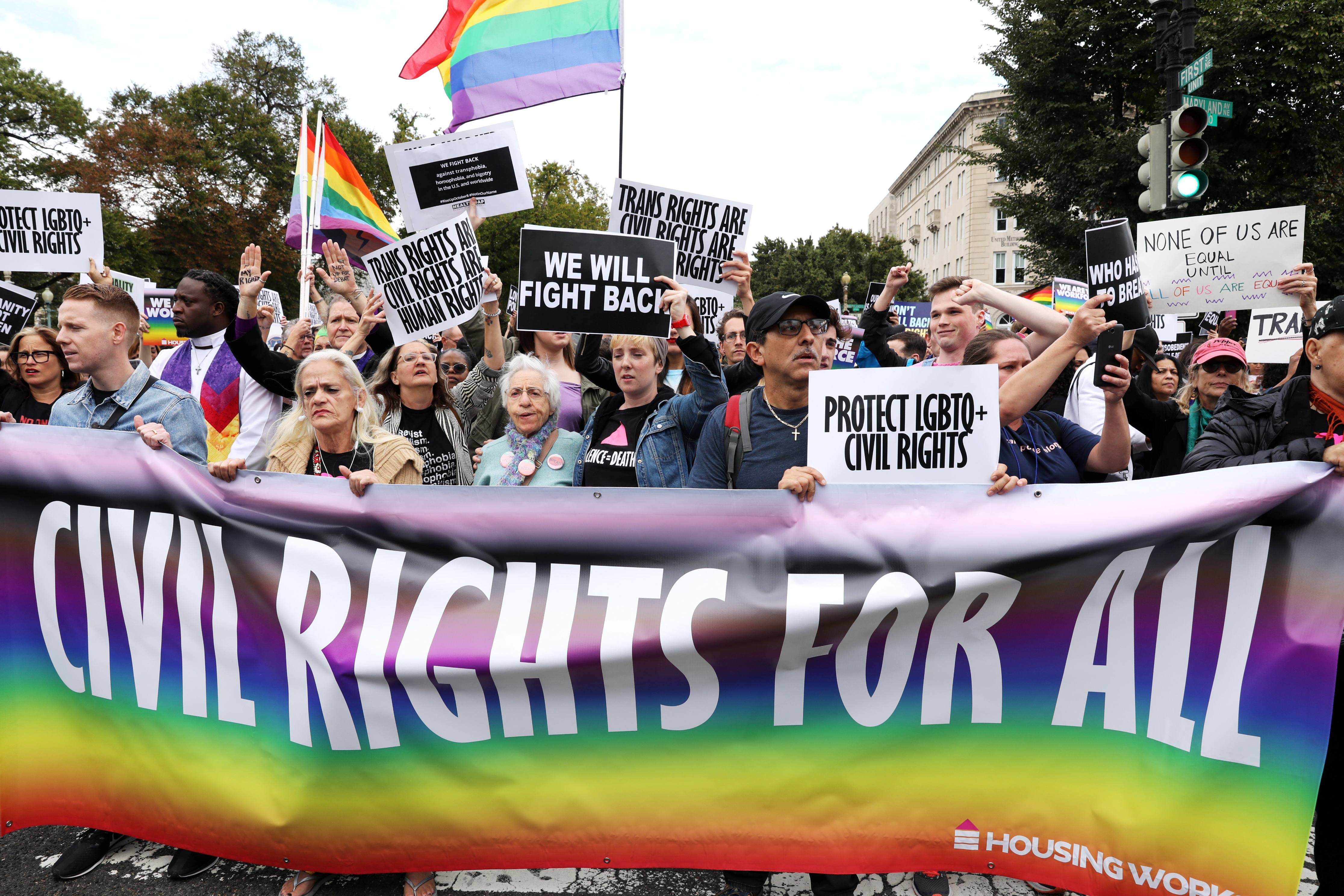
Understanding the legal rights of protesters is crucial for both individuals and society as a whole. By navigating the complex legal landscape, individuals can exercise their rights responsibly and effectively, while authorities can ensure the balance between public safety and the fundamental freedoms of expression and assembly.
This exploration serves as a guide for those seeking to understand the legal framework governing protests, providing a foundation for informed and responsible participation in democratic processes. As the legal landscape continues to evolve, ongoing dialogue and legal analysis will be essential to ensure the continued protection of these fundamental rights.



